The Canon EOS R series turns 5 – here’s why it’s my favorite mirrorless camera system
The Canon EOS R mirrorless system marks its fifth birthday, and it's come a long way
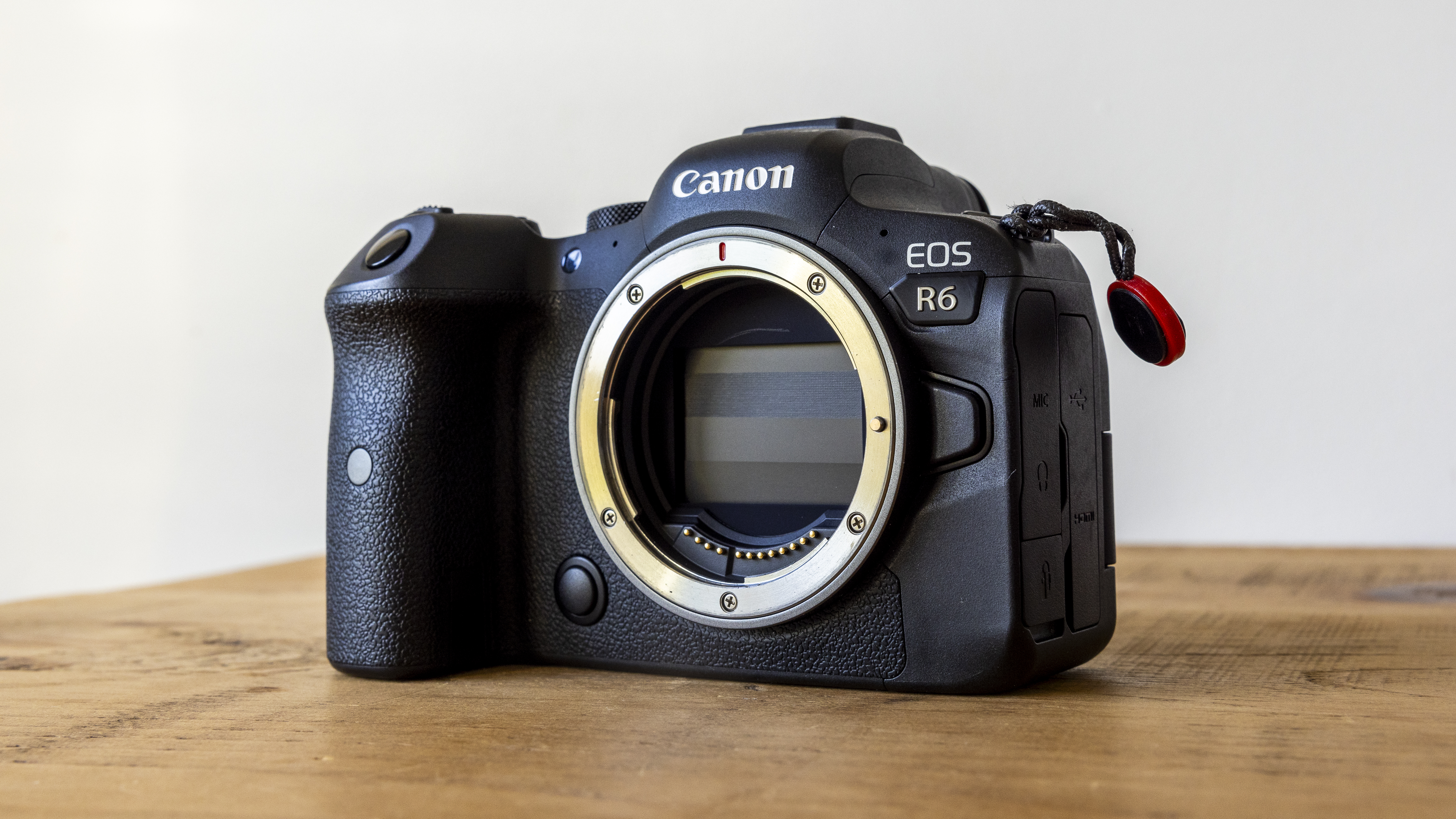
On September 5, 2018, Canon made a huge announcement that would divide its fans. Less than two weeks after the release of the first Nikon Z cameras, we saw the company launch the Canon EOS R, its first full-frame mirrorless camera and accompanying lens system.
After more than 30 years of Canon’s EOS EF mount (not to mention several years of pressure from Sony and Fujifilm's best mirrorless camera technology), the time had come for Canon to embrace a modern and flexible system with the RF mount – one that would future-proof the best Canon camera bodies and lenses for generations to come. EOS R had finally landed, loud and proud. In fact, we haven't seen a new DSLR since the Canon EOS-1D X Mark III in January 2020.
Canon recognized there was a risk of alienating current photographers from the start. And although the Canon EOS R wasn't an immediate replacement for the best DSLR cameras, it handled like one in many ways. The release of the Canon EOS R didn't leave me hungry to upgrade, perhaps because it wasn't different enough, or because there were only a handful of Canon RF lenses to choose from at launch.
My Canon EOS 5D Mark III was still acting as a trusty workhorse for magazine features, and so it wasn't until I actually used a friend's Canon EOS R that I fell in love. I was also surprisingly charmed by the budget Canon EOS RP when tasked with reviewing it. Then, on a shoot with Canon ambassador Clive Booth, I discovered the sheer power of the Canon EOS R5. It was out of my budget, sure, but I'd seen what was capable and I wanted in.
It took me four years to fully commit to the EOS R system, and I bought the Canon EOS R6 in 2022 a few weeks before the EOS R6 Mark II was announced (the less said about that timing the better). Having shot with and tested possibly every mirrorless brand and mount in existence, the EOS R series has been my favorite yet.
As the Canon EOS R system is five years old, let's celebrate that milestone. Here are five reasons why I upgraded – and five ways that the EOS R system has earned the adoration and respect not just of me, but of amateur and pro photographers the world over.
1. Exceptional autofocus
For many, Canon’s Dual Pixel CMOS AF – a rapid autofocus system that can track people, pets, cars, and more – was the star reason to upgrade to the EOS R system. The EOS R mount has 12 contacts over the EF mount's 8, giving lenses more power and enabling faster communication between body and optic. The result? Blazingly fast AF for a full-frame mirrorless camera.
Get daily insight, inspiration and deals in your inbox
Sign up for breaking news, reviews, opinion, top tech deals, and more.
I'm continually blown away by the tracking abilities of the EOS R6. Whether I'm photographing my dog running, birds in flight, or a bride and groom through crowds at a wedding, the focus locks on rapidly and pick up the subject's eyes. Every. Single. Time.
Yes, other mirrorless cameras can offer exceptional autofocus. I've come close to the prowess of the EOS R system with the Fujifilm X-H2S, and the Sony A7R IV is fantastic, but neither was reliable enough to convince me to swap, nor were the AF controls as intuitive.

2. A truly hybrid camera
My previous Canon 5D Mark III paved the way for DSLR filmmaking, but its video specs were outdated by the time the EOS R came out. Its successor (and final model in the EOS 5D series) the 5D Mark IV was more of a match, with both cameras able to record in 4K up to 30fps but still limited by a 1.74x crop factor.
When I upgraded to the EOS R6, however, I had a true hybrid camera equally adept at shooting stills and video. 4K UHD shooting at up to 60p has been a game-changer for capturing events, especially with the stunning Eye/Face/Body/Animal detection autofocus I've raved about above.
What's more, the 5-axis in-body image stabilization (IBIS) on my EOS R6 means that my video footage is stable without a gimbal, even in low light. I've always hated the cumbersome weight of a tripod, and thanks to IBIS I no longer need one unless I'm shooting nightscapes or astrophotography.



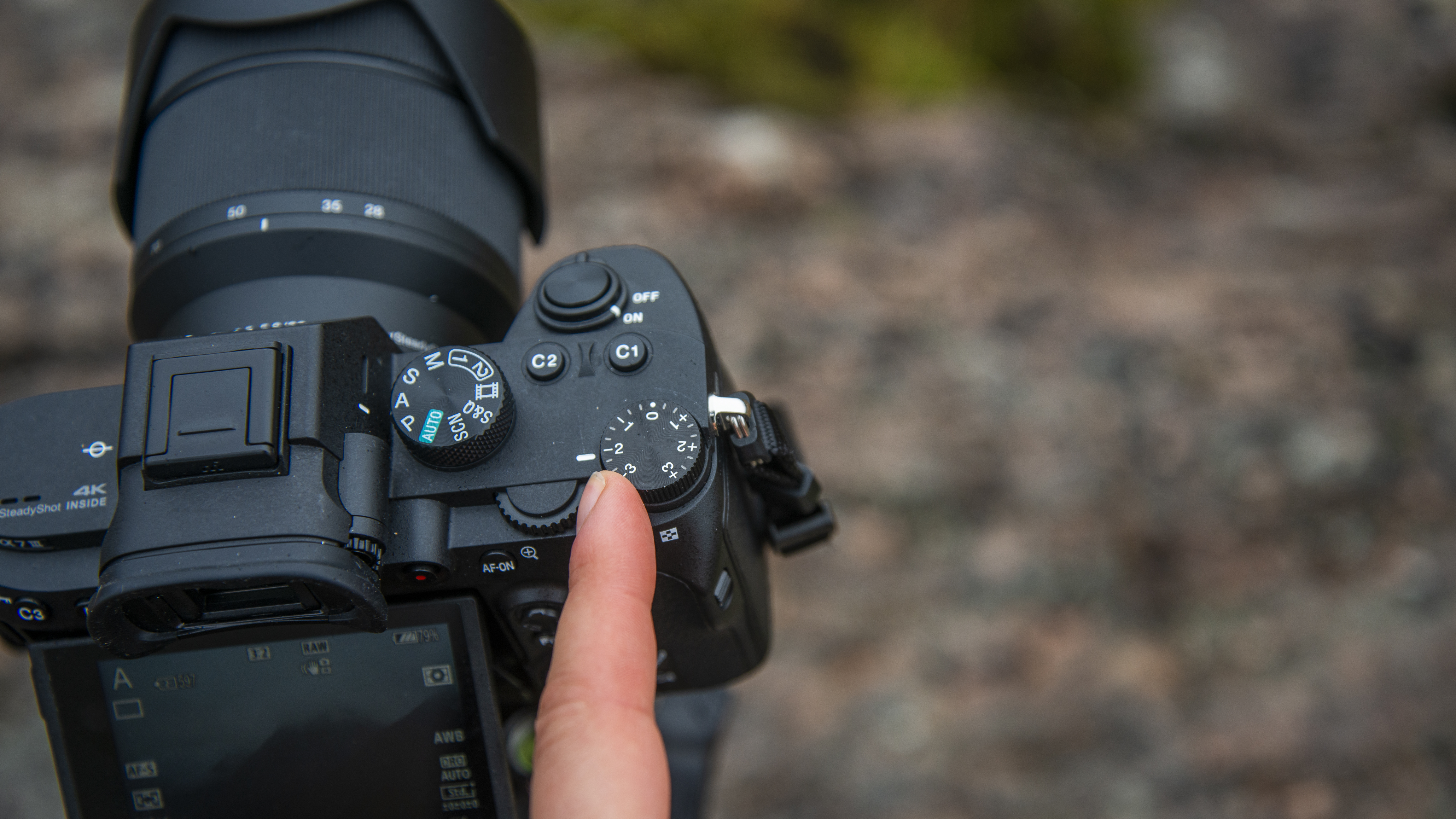
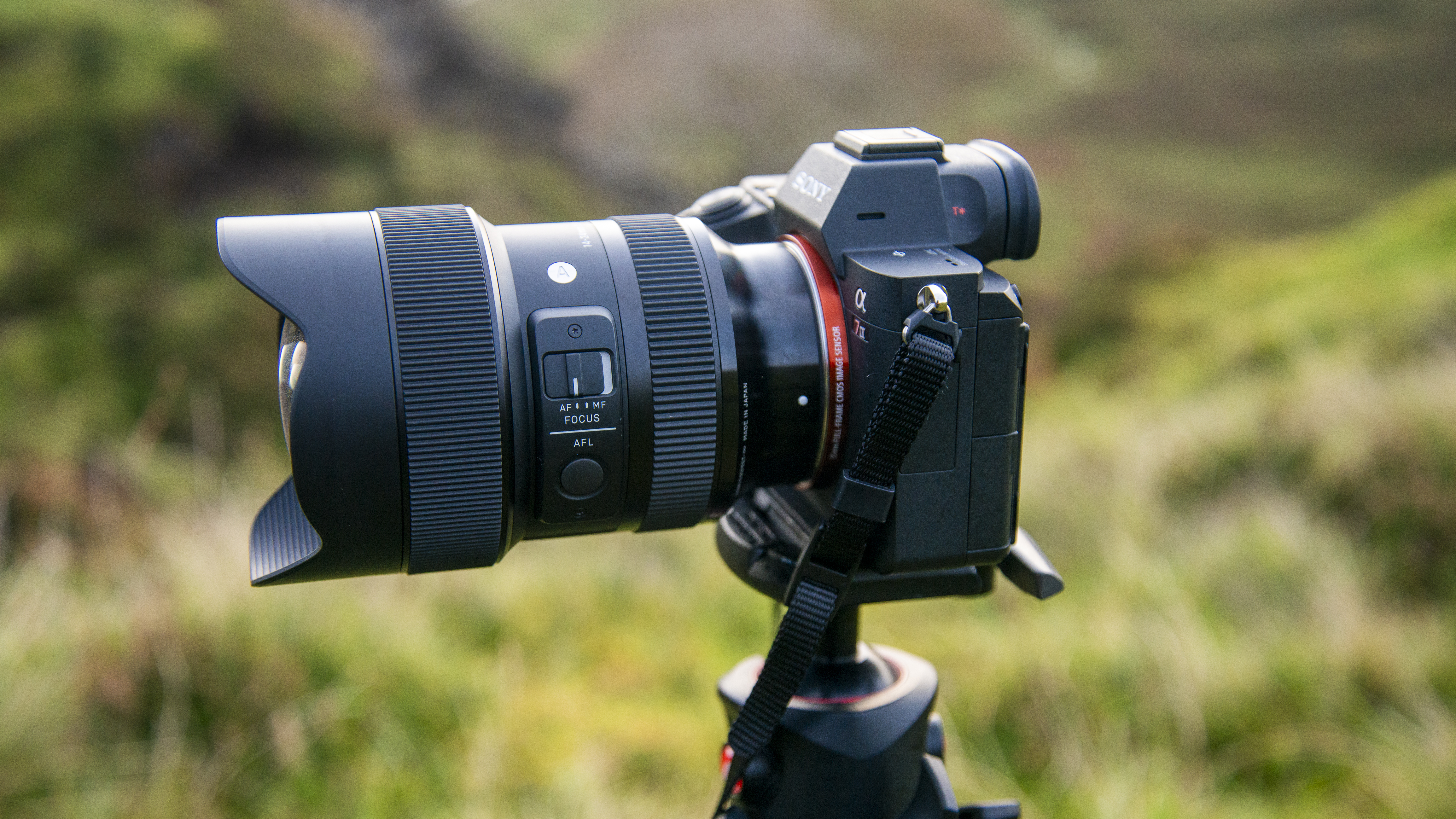
3. Easy, comfortable handling
Comfortable isn't exactly a sexy way to describe a bit of tech, but that's what handling the EOS R6 feels like to me. The deep and contoured grip is perfect (even for my partner's big hands) for long wedding days and the electronic viewfinder is so clear I sometimes think I'm still shooting on a DSLR.
I shoot a myriad of different subjects – commercially, for fun, and for tech reviews – and I value a camera that has physical access to all of the main exposure controls. I used the Sony A7 III for years, but could never fully get on with its lack of drive and focus mode dials (not to mention its fiddly menus).
All premium mirrorless models will come with more advanced controls, but Canon knows how to make a comfortable camera. While I love the retro vibe of cameras like the Nikon Z fc and the Fujifilm X-S20, I don't want to use them all day, every day, because they don't sit in my hand in the same way.
Despite being the safe and dependable choice, Canon has always excelled when it comes to ease of use and ergonomics. The EOS R system takes all the best bits from its beloved DSLRs – plus feedback from photographers – and squeezes them into a slimmer, neater package.
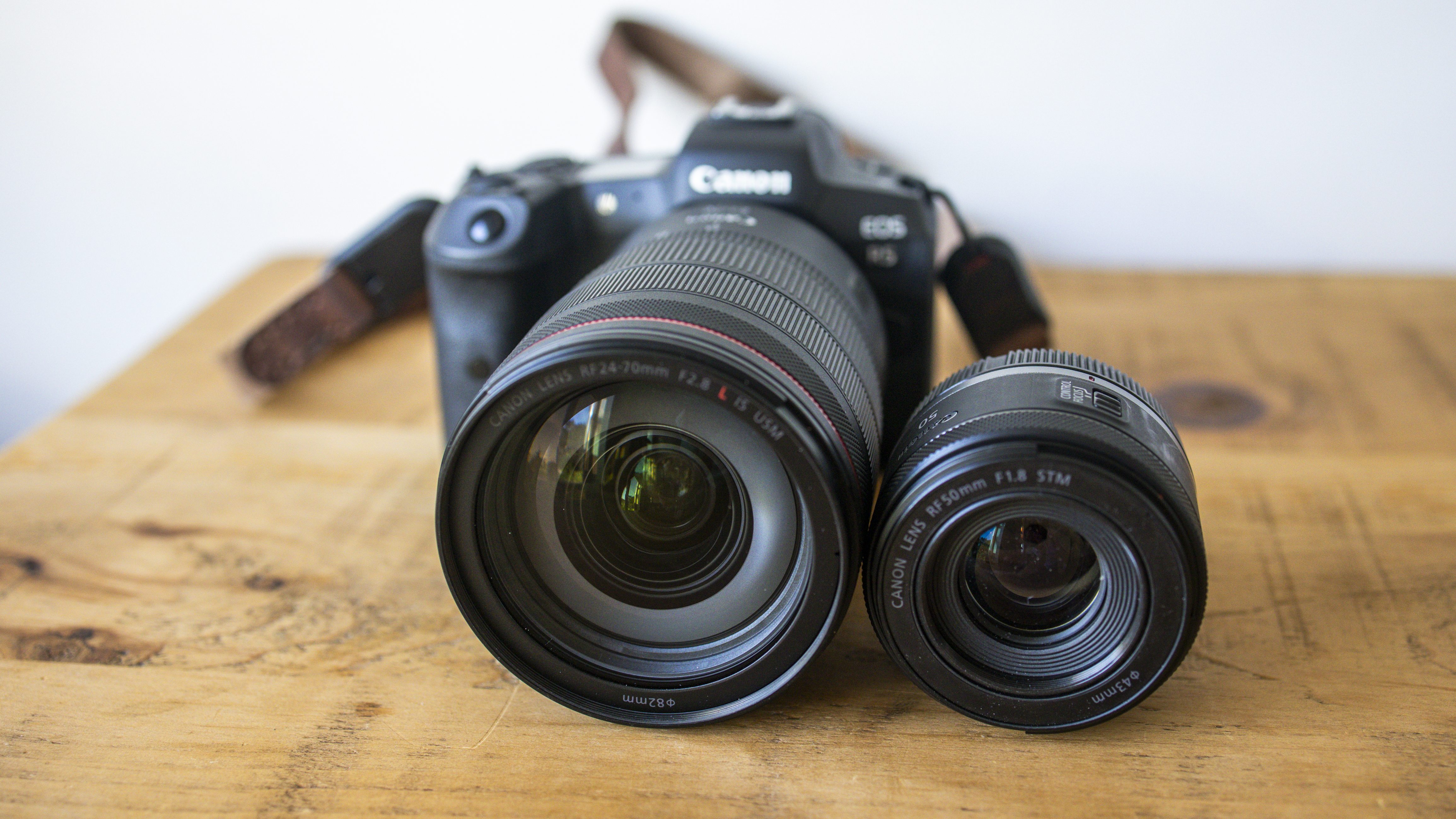
4. Canon's range of EOS lenses
With my EOS R6, I also invested in new RF lenses. The cheaper Canon RF 50mm f/1.8 STM prime and the pro-grade Canon RF 24-70mm f/2.8L IS USM lens have both blown me away, proving that Canon can make exceptional RF lenses for all budgets. In my opinion, the best Canon RF lenses offer the top optical engineering of any brand, with ridiculous optical sharpness, gorgeous bokeh, and solid build quality.
The EOS R only debuted with four RF lenses, but today there are 35 proprietary Canon RF lenses to choose from. What's more, Canon's EF to EOS R adapters open up hundreds of exceptional Canon EF and EF-S lenses – many of which can still be bought new, or for a bargain secondhand price.
Canon's EOS R lens lineup has grown impressively quickly, but unlike Nikon, Sony, Fujifilm, Panasonic, and OM-System, it doesn't yet allow third-party lenses to be made for its mirrorless cameras. I hope we'll see Canon follow the lead of its competitors, and open up mirrorless cameras to third-party lenses to expand the limited lens choice for its crop-sensor cameras.
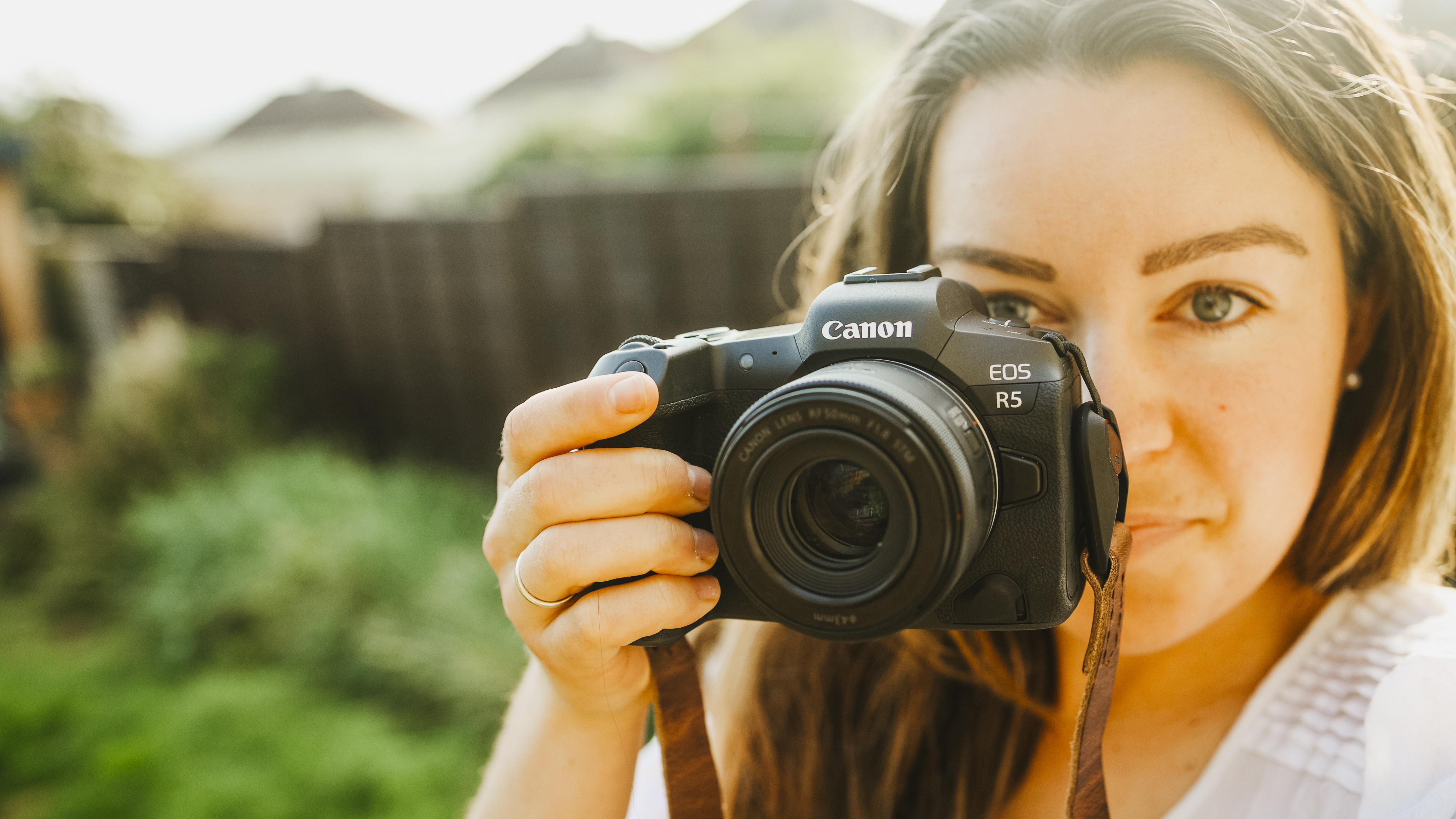
5. True evolution, true performance
In just five years, we've seen over 10 new Canon EOS R camera launches, from the advanced Canon EOS R5 to the Canon EOS R10, which is one of the best beginner cameras around. It's no understatement to say that the diverse EOS R range has inspired a whole new generation of content creators and photographers, all with their own needs and creative niches.
The EOS R system manages to feel both groundbreaking and timeless, drawing on over 90 years of heritage and color science to create a camera range that just works flawlessly. For the first time ever, I have a camera that performs so well, and so effortlessly, that I truly can focus on what's in front of my lens.
And that isn't because Canon EOS R cameras do it all for me, but because they work with me to bring out my very best results. So happy fifth birthday EOS R. I can't wait to see what happens over the next five.
You might also like
Lauren Scott is an experienced journalist and freelance photographer based in Bath, UK. She's been in the tech industry for over ten years; serving as the former Managing Editor of our sister site Digital Camera World. As well as raving about cameras past and present for TechRadar, Lauren also tests fitness apps, trackers, and headphones. A keen polymath, she has bylines on Woman & Home, Space.com, Canon Europe, PCGamesN, and Stuff Magazine. When she's not working, you'll find her testing yet another new curry recipe, or teaching her Flat-coated Retriever how to retrieve.
